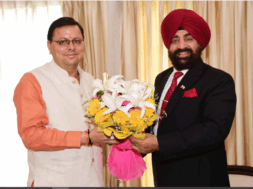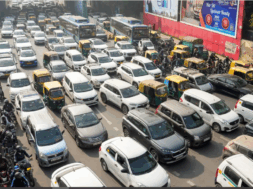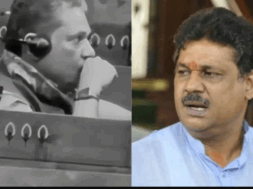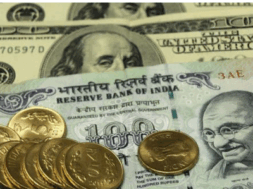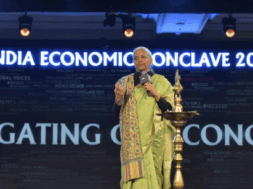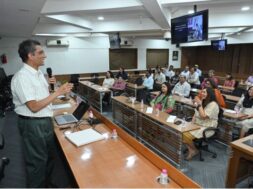
Viksit Bharat: As PM Modi sets the tone, bureaucrats discuss new goals for his 3rd term
Virendra Pandit
New Delhi: With Prime Minister Narendra Modi, confident of winning a third term in a row following the ongoing Lok Sabha elections, giving them a go-ahead, bureaucrats in the government are currently busy discussing the new draft policies and goals achievable in the next five years.
The election campaign for the Lower House of Parliament is currently in full swing. Votes will be polled in seven phases from April 19 to June 1 and results will be declared on June 4. The new government is expected to take office soon thereafter.
Top-level meetings of several government departments are in progress to prepare a five-year road map in line with the Viksit Bharat (Developed India) vision by 2047.
The secretaries’ first review meeting is likely to be held on May 1 to discuss the initial draft of the five-year plan for key departments such as agriculture, infrastructure, education, skill development, trade, tourism green economy, and startups, the media reported on Friday.
PM Modi has set an ambitious agenda for India’s economic goals in his probable third term, beginning June 2024. For the next five years, the government’s goal would be to roughly double the economy and exports this decade and raise the per capita income from nearly Rs. 208, 300 now to Rs. 368,000.
The Modi-led ruling NDA has, during election rallies, been highlighting economic growth as one of its biggest achievements in the last 10 years and has “guaranteed” making the economy the third largest in the world from fifth now if the PM wins a third term in a row as polls predict.
The PM has already asked officials to finalize plans by around May to expand the economy from USD 3.51 trillion now to USD 6.69 trillion in nominal terms by 2030.
When he took office for a second term five years ago, PM Modi promised to take the economy to USD 5 trillion by the current fiscal year (FY25), but the COVID-19 pandemic made it extremely difficult to achieve that target.
The economy is, however, expected to have grown by around 8 percent in the last fiscal year ended March 31, the fastest among major countries, on the back of strong manufacturing and construction activity driven by government spending.
According to reports, the government’s goal is to increase the export of goods and services from nearly USD 700 billion now to USD 1.58 trillion, thus doubling the share of Indian exports in global trade to over 4 percent.
Besides, the government also plans to focus on 70 areas of improvement including workforce skills and vocational training, critical demands of industry leaders who often complain about the skill levels of the labor force.
It also wants the literacy rate to rise from 78 percent now to 82 percent by 2030, unemployment to fall from 8 percent to less than 5 percent, and the labor force participation rate to jump from 46 percent now to over 50 percent.
PM Modi has been emphasizing that as India marches to its centenary of Independence in 2047, his government is striving to implement measures to make the country a developed economy by then.
Opinion polls predict the PM-led NDA could win nearly three-fourths of the 543 parliamentary seats in the nation of 1.42 billion people while the main opposition party, the Indian National Congress, could hit a record low.
If that happens, it would make PM Modi the first leader since India’s post-independence Prime Minister Jawaharlal Nehru to win three consecutive terms.

